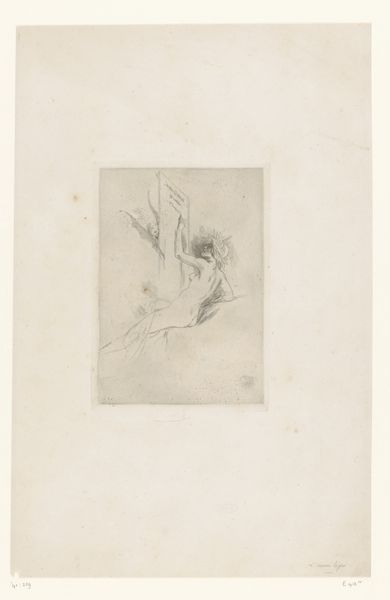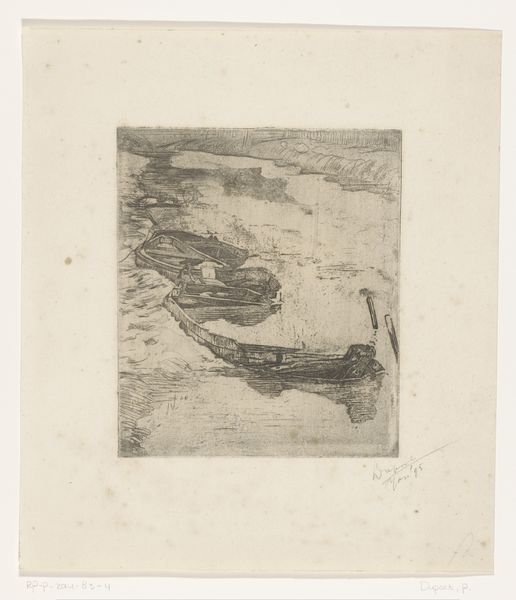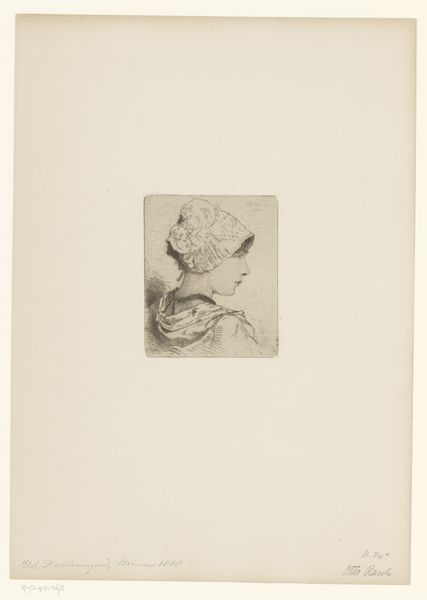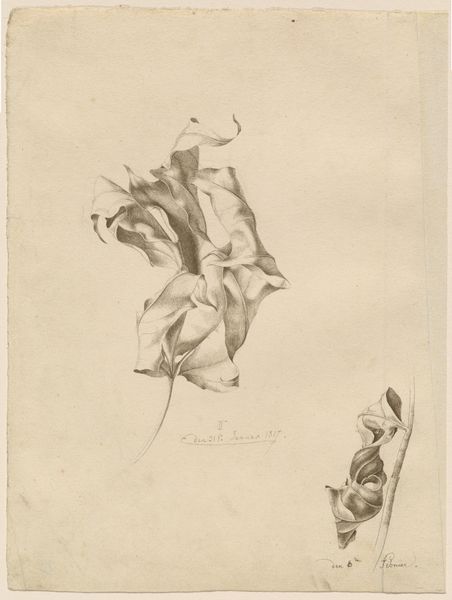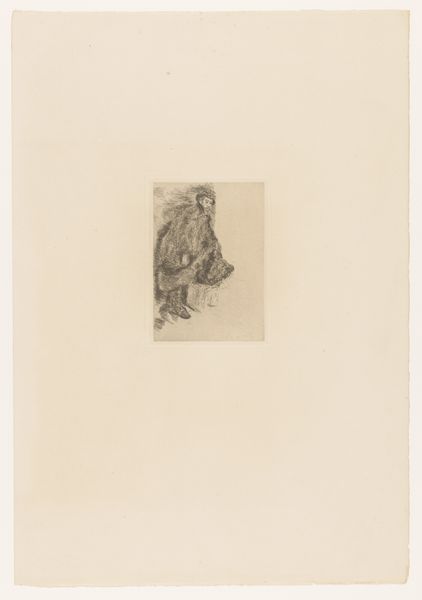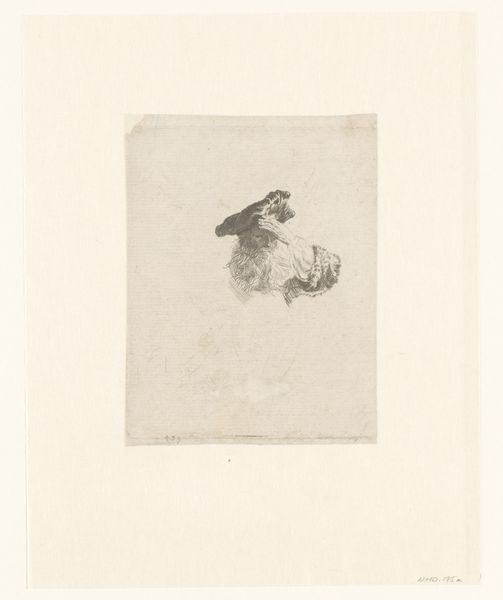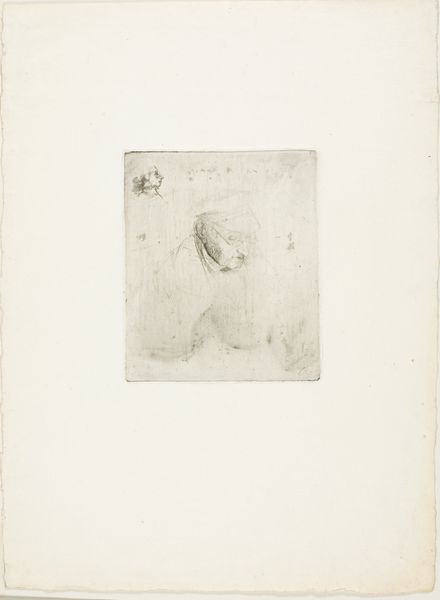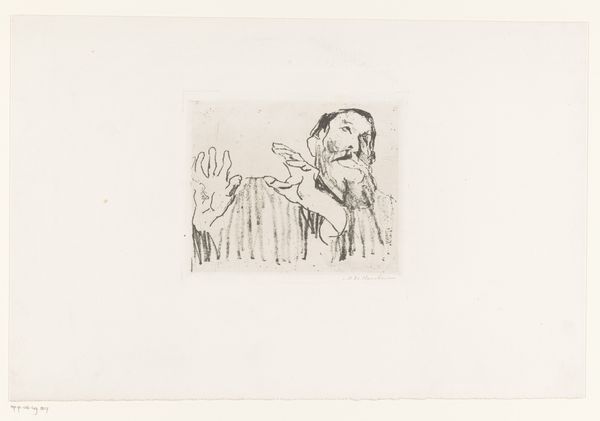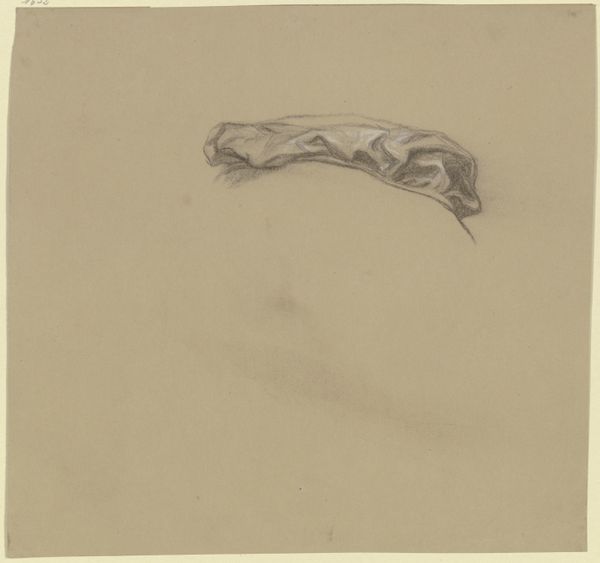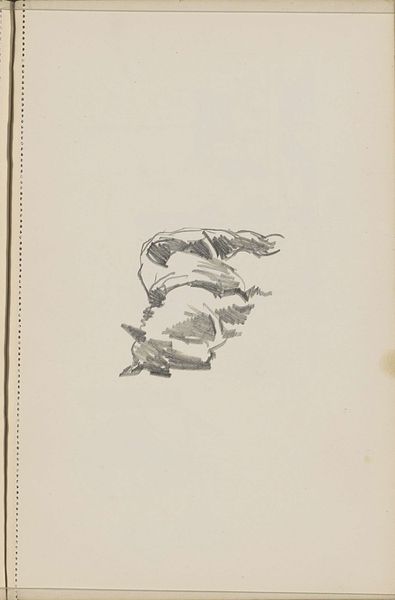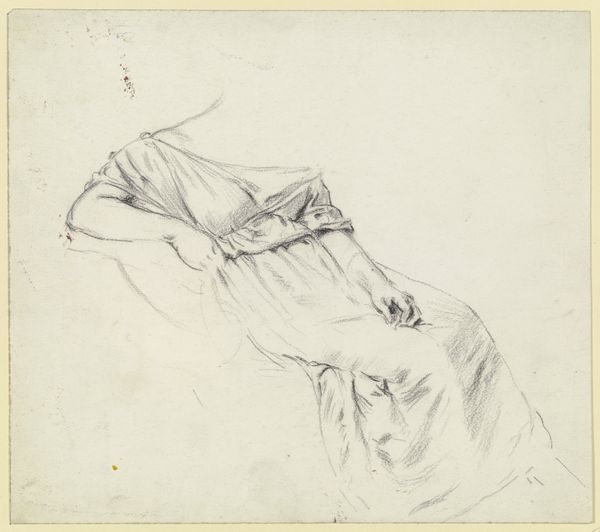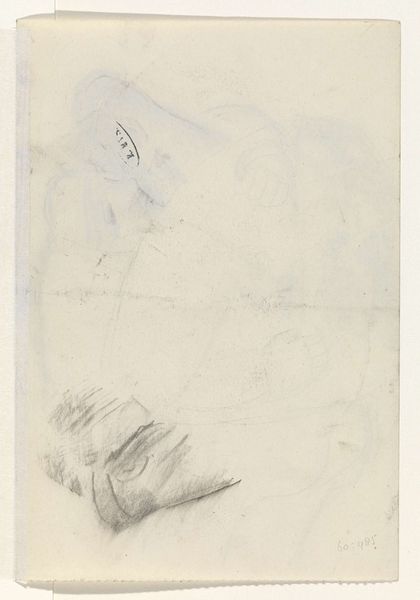
drawing, paper, ink, pen
#
drawing
#
animal
#
pencil sketch
#
figuration
#
paper
#
ink
#
pen
Dimensions: height 422 mm, width 356 mm
Copyright: Rijks Museum: Open Domain
Editor: This drawing by Reinier Willem Petrus de Vries, dating from between 1884 and 1952, is titled "Haan met esculaap," which I believe translates to "Rooster with Aesculapius," and is made with pen, ink, and pencil on paper. It feels quite symbolic, almost like a heraldic emblem. What do you see in this piece? Curator: Indeed! The rooster is a potent symbol across cultures. Traditionally, it represents vigilance, courage, and rebirth. But placed alongside the Aesculapius symbol – the snake-entwined staff of medicine – we have an intriguing pairing of animal virility and healing. It almost suggests a triumph over mortality. Editor: A triumph over mortality... That's interesting. I hadn't thought of the rooster that way, despite its association with the morning and new beginnings. But isn't Aesculapius about medicine? Is this drawing referencing specific healing practices? Curator: Perhaps not a specific practice, but certainly an ideal. The drawing uses established symbols that act like a kind of visual shorthand. We see the strength of the life force embodied by the rooster, placed in protective conjunction with a sign of health and longevity. It invites contemplation on our own well-being, wouldn’t you say? Editor: Absolutely. So, it’s less about a literal medical interpretation and more about the symbolic weight these images carry? Curator: Precisely. And that symbolic language has remained potent for centuries, hasn’t it? Reinier Willem Petrus de Vries seems to be tapping into a collective cultural memory. Editor: It makes me consider how symbols change – and don't change – over time. I'm now eager to research what the artist wanted to evoke in that historical and cultural setting. Curator: Precisely, the power of imagery across time. The artwork definitely provokes that.
Comments
No comments
Be the first to comment and join the conversation on the ultimate creative platform.
